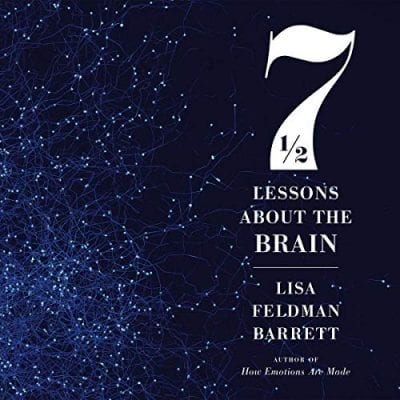by Pete Grigaliunas, owner, Laser Exhibitor Service of Chicago, Inc. & Bob Hughes
an introduction…
We tend to be led by opinions rather than facts.—Bessel A. van der Kolk
Now is the time to know more and pay less.—Madam Curie
At some point, events, conferences, tradeshows, in-person training, and in-person sales calls will return. Things revert to the mean. But we will have changed. We have been through so much during the pandemic. We have adapted quickly to many new realities, stresses and protocols. We have suffered, endured and enjoyed much of what we may have once thought unimaginable. What impact will these changes make on our thinking, our expectations and our actions?
 One aspect that won’t change is that we are social beings. We still want to engage socially, maybe more than ever. But will that look like? Given what we have been through, how will tradeshows, sales calls and training return, evolve, end or help us return to a new normal?
One aspect that won’t change is that we are social beings. We still want to engage socially, maybe more than ever. But will that look like? Given what we have been through, how will tradeshows, sales calls and training return, evolve, end or help us return to a new normal?
Before the pandemic, attendance, sponsorship and exhibit revenue were showing signs of stress. As the pandemic wanes, we will likely see further stress. Budget reallocation is one of those emerging stressors. With shows closed for at least one cycle and maybe two, many tradeshow budgets have been reallocated to digital marketing. Anecdotal reports indicate that digital marketing is doing as good or better at generating leads, with the added advantages of lower direct and indirect cost per lead.
The second driver, of course, is when we will be permitted and feel comfortable to travel to meet in person, at scale. This is sure to be different for everyone. There are too many factors involved to predict any single course of action.
 This may be a benefit in disguise. For the sake of discussion, let us cede lead generation to the digital team. Events by nature are social. This, by definition, enables us to focus on what happens best in person. In Seven and a Half Lessons About the Brain, author Lisa Feldman Barrett identifies what the brain does best in person as the five C’s. The five C’s are:
This may be a benefit in disguise. For the sake of discussion, let us cede lead generation to the digital team. Events by nature are social. This, by definition, enables us to focus on what happens best in person. In Seven and a Half Lessons About the Brain, author Lisa Feldman Barrett identifies what the brain does best in person as the five C’s. The five C’s are:
• Creativity
• Communication (empathy and understanding context)
• Copying (mentoring, agreeing to spoken and unspoken norms) Relationship building (empathy, mutual understanding)
• Cooperation (creating a shared social reality in relationships, from building a better supply chain to sharing a ride)
• Compression (summarizing abstract thought and meaning, understanding, engagement, nonverbal communication)
“In short, the wiring of our cerebral cortex makes compression possible. Compression enables integration. Sensory integration enables abstraction. Abstraction permits your highly complex brain to issue flexible predictions based on the functions of things rather than on their physical form. That is creativity. And you can share these predictions by way of communication, cooperation and copying. That is how the 5 C’s empower a brain to create and share social reality.” (p118, Seven and a Half Lessons About the Brain)
For the sake of this discussion these activities include all the things that happen in person and are part and parcel of creating a live event (social reality).
For example, these activities could include sales, training, recruitment and product presentation. In short, we propose that the new normal focus on all the activities best suited for human engagement.
The goal of this paper is to leverage recent brain research to reframe, redesign and revision event design. Our goal is to focus the event with face-to-face social reality as the top priority.
For more info and to download the full paper with no log-in required, visit www.ourhughesgroup.com































